Looking for the best day trips from Tokyo that don’t require a guide? Whether it’s your first time in Japan or your second visit, there’s a world of stunning nature, ancient temples, and authentic local culture just an hour or two outside the city. From peaceful mountain trails to seaside towns with a nostalgic charm, these easy Tokyo day trips can be done entirely on your own—no tour groups, no tight schedules. As someone born and raised in Japan for 33 years, I’ll share not just the classic spots, but also the hidden gems that most travelers miss.
Kamakura – Where Zen Meets the Sea

Just one hour from Tokyo, Kamakura blends ancient temples with a relaxed coastal atmosphere. It’s home to the iconic Great Buddha (Daibutsu), serene bamboo groves at Hokokuji Temple, and Hasedera’s panoramic sea views. Wander Komachi Street for matcha sweets and handmade souvenirs. Kamakura is compact and walkable, but renting a bike adds freedom to explore neighboring beaches and quiet backstreets. Whether you’re into history, nature, or coastal vibes, Kamakura offers a refreshing contrast to Tokyo’s high energy—all easily done in a day.
Hidden Gem: Hokokuji (Bamboo Temple)

Tucked away in the eastern hills, this small Zen temple features a serene bamboo grove and a teahouse where you can sip matcha in silence—far from the crowds near Daibutsu.
Travel Time: ~1 hour by JR Yokosuka Line
Why Go: Zen temples, local street food, beach walks
Highlights:
- Great Buddha (Daibutsu) – iconic and massive
- Hasedera Temple – panoramic views and hydrangeas in June
- Komachi Street – try sweet potato snacks, matcha ice cream, and senbei rice crackers
Local Tip: Rent a bicycle to explore the coast to nearby Enoshima.
Enoshima – Island Adventure with Ocean Views
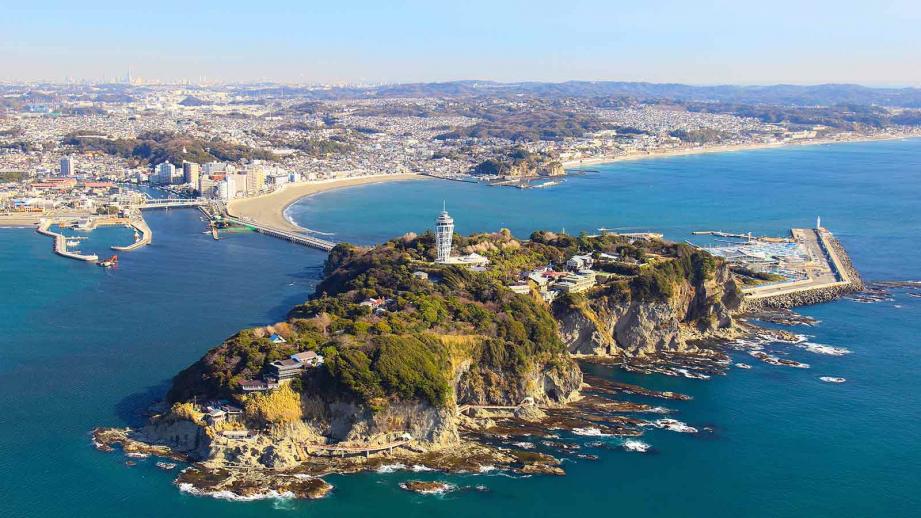
Connected to the mainland by a pedestrian bridge, Enoshima is a small island known for its stunning ocean views, seafood, and mystical caves. You can explore the Enoshima Shrine complex, enjoy the botanical Samuel Cocking Garden, or climb the Sea Candle lighthouse for panoramic views—sometimes even of Mt. Fuji on clear days. Don’t miss the tidal caves (Iwaya) for a bit of adventure. With nearby beaches and laid-back cafés, Enoshima is perfect for a relaxed, seaside escape. Combine it with Kamakura for a full-day coastal experience.
Hidden Gem: Iwaya Caves (before 10am)

If you arrive before the tour groups, you can walk through candlelit sea caves filled with folklore. The ocean views here are also less crowded in the morning compared to the lighthouse deck.
Travel Time: ~2 hours by train (Tobu or JR)
Why Go: UNESCO-listed shrines, waterfalls, mountain air
Highlights:
- Toshogu Shrine – ornate, mystical, and home to the famous “See No Evil” monkeys
- Lake Chuzenji and Kegon Falls – a scenic bus ride from the station
- Yuba (tofu skin) cuisine – Nikko’s famous vegetarian dish
Local Tip: Buy a Tobu Nikko All Area Pass for discounted travel and buses.
Nikko – Sacred Shrines and Mountain Scenery
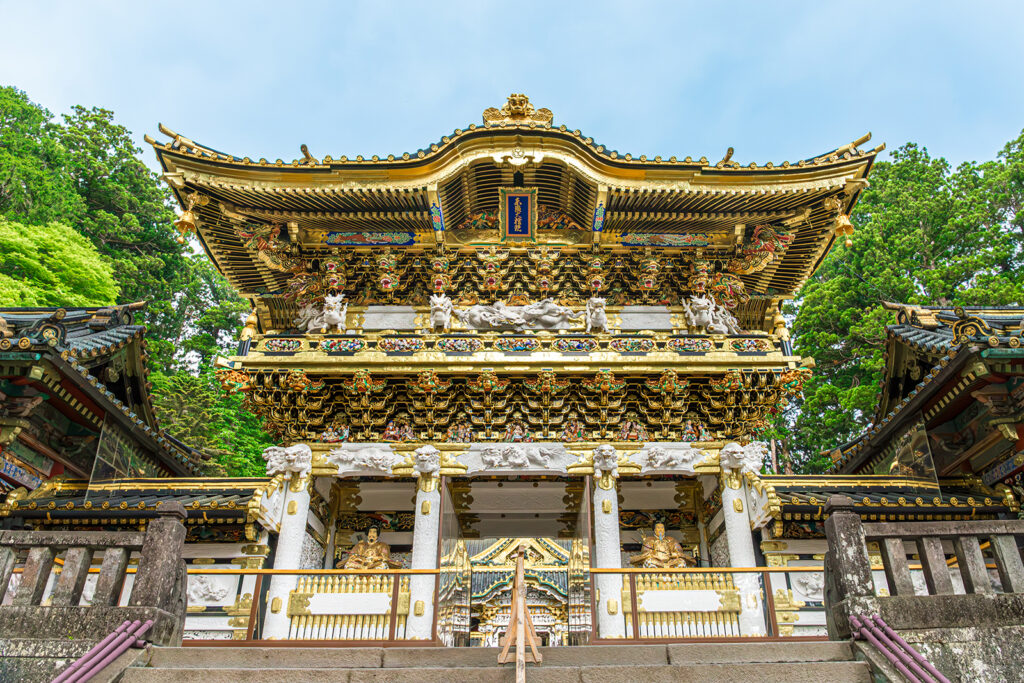
Nikko is a UNESCO treasure surrounded by forests and waterfalls. The ornate Toshogu Shrine, dedicated to Tokugawa Ieyasu, is one of Japan’s most richly decorated. Nearby, Shinkyo Bridge and Rinnoji Temple offer quiet reflection. If time allows, hop on a bus to see Kegon Falls and Lake Chuzenji in the mountains. Even in winter, Nikko retains its charm with crisp air and fewer tourists. The train ride from Tokyo is scenic and straightforward, making Nikko a top pick for travelers craving culture and nature in equal measure.
Hidden Gem: Kanmangafuchi Abyss

This riverside path lined with Jizo statues is peaceful, hauntingly beautiful, and often empty—even when Toshogu is packed. It’s only a 15-minute walk from central Nikko, but few tourists go.
Travel Time: ~2 hours by train (Tobu or JR)
Why Go: UNESCO-listed shrines, waterfalls, mountain air
Highlights:
- Toshogu Shrine – ornate, mystical, and home to the famous “See No Evil” monkeys
- Lake Chuzenji and Kegon Falls – a scenic bus ride from the station
- Yuba (tofu skin) cuisine – Nikko’s famous vegetarian dish
Local Tip: Buy a Tobu Nikko All Area Pass for discounted travel and buses.
Kawagoe – Step Back into Edo-Era Japan

Nicknamed “Little Edo,” Kawagoe offers a nostalgic glimpse into Japan’s merchant-town past. Just 30–40 minutes from Tokyo, the area features Kurazukuri Street, lined with old clay-walled buildings, and the quirky Toki no Kane bell tower. You’ll also find a shrine famous for love omikuji and a retro candy alley filled with childhood treats. The town is easy to walk and full of charming photo spots. It’s a great half-day option, especially for travelers interested in history but short on time or looking for a unique cultural experience.
Hidden Gem: Kitain Temple
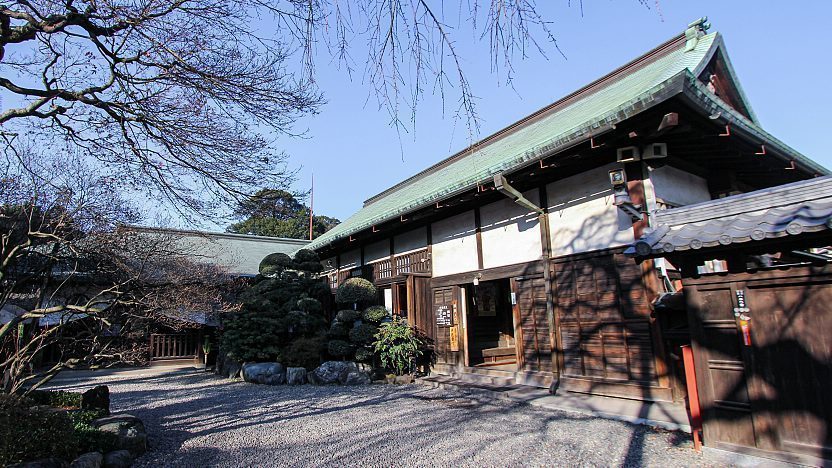
Home to 500 rakan statues and historic structures that survived Edo fires, Kitain is a calm and spiritual stop just beyond the main tourist zone. Most visitors miss it entirely.
Travel Time: ~30–45 mins from Ikebukuro (Tobu Tojo Line)
Why Go: Old Edo architecture, sweet potato treats, relaxed pace
Highlights:
- Kurazukuri Street – preserved Edo-era merchant houses
- Kashiya Yokocho – nostalgic candy alley
- Kawagoe Hikawa Shrine – known for love fortunes and river wish lanterns
Local Tip: Head here in the late afternoon for golden-hour photos and evening strolls.
Yokohama – Bayside Modernity and Street Eats

Yokohama is Japan’s second-largest city, but its breezy portside vibe feels refreshingly different from Tokyo. In just 30 minutes by train, you can reach attractions like the Cup Noodles Museum, Chinatown (don’t miss the pork buns), and the waterfront promenade of Minato Mirai. The mix of seaside scenery, modern architecture, and international food makes Yokohama an easy and enjoyable outing. Whether you’re into museums, shopping, or just watching the ships go by, this city has something for every traveler—with zero need for a tour guide.
Hidden Gem: Yamate Western Residences

Perched above the port, this old foreign settlement is full of historic mansions, rose gardens, and quiet cafés with panoramic views. A completely different side of Yokohama—no crowds, no noise.
Travel Time: ~30 mins from Shibuya/Shinjuku
Why Go: Modern city with a seaside twist
Highlights:
- Cup Noodles Museum – make your own ramen
- Minato Mirai – bayfront skyline with shopping & rides
- Yokohama Chinatown – the biggest in Japan
Local Tip: Go mid-week to avoid crowds and enjoy relaxed photo ops.
Hakone – Onsen, Mountains, and Fuji Views

Nestled in the mountains, Hakone is famous for hot springs, volcanic landscapes, and its artistic flair. Take the scenic Hakone Tozan Railway, cruise across Lake Ashi on a pirate ship, and ride the ropeway over Owakudani’s steaming crater. Art lovers will enjoy the Open-Air Museum with sculptures in nature. On a clear day, Mt. Fuji appears like a postcard backdrop. Though it’s a bit more complex to navigate than other day trips, Hakone is completely doable with planning—and the change in atmosphere is worth every minute.
Hidden Gem: Tamadare Falls & Tenzan Onsen

Skip the tourist loop and head toward the hidden Tamadare Falls for a tranquil nature break. Nearby, Tenzan Onsen offers a rustic, traditional hot spring experience that locals swear by—and is far less touristy than big hotel spas.
Travel Time: ~90 mins via Odakyu Romancecar
Why Go: Hot springs, open-air art, and Fuji views (on clear days)
Highlights:
- Hakone Open-Air Museum – art meets nature
- Lake Ashi pirate boat ride
- Owakudani – volcanic valley with sulfur eggs
Local Tip: Grab the Hakone Freepass for full area coverage—cable cars, boats, and trains.
Mount Takao – Tokyo’s Favorite Hike

Less than an hour from Shinjuku, Mount Takao offers a quick nature escape with rewarding views and peaceful temples. There are multiple hiking trails of varying difficulty, plus a cable car and chair lift for those who prefer a gentler approach. Yakuo-in Temple near the summit adds spiritual depth to the hike, and if you’re lucky, you might spot Mt. Fuji from the observation deck. In autumn, the trails light up with fiery leaves, drawing both locals and visitors. Perfect for anyone craving fresh air and a slower pace—without leaving the Tokyo area.
Hidden Gem: Trail #6 (Biwa Waterfall Route)

This shady riverside trail is more rugged and peaceful than the main one, passing a small waterfall and secluded forest groves. Go before 9am and you may not see anyone for 30 minutes.
Travel Time: ~1 hour from Shinjuku (Keio Line)
Why Go: Forest trails, temples, autumn leaves
Highlights:
- Trail #1 – easiest and most scenic
- Yakuo-in Temple – serene and spiritual
- Tengu-yaki snack – local treat shaped like a mythical creature
Local Tip: Visit in autumn (late November) for breathtaking foliage.
Conclusion
Tokyo makes the perfect base for exploring some of Japan’s most beautiful and culturally rich regions—without the need for a guide. But here’s the local tip: popular spots like Kamakura or Nikko are often packed, especially on weekends. The real magic lies in the lesser-known corners—quiet temples, scenic hikes, and off-the-beaten-path cafes you won’t find in every travel guide. If you want to experience the real charm of Japan beyond the crowds, it’s not about going farther—it’s about going smarter.
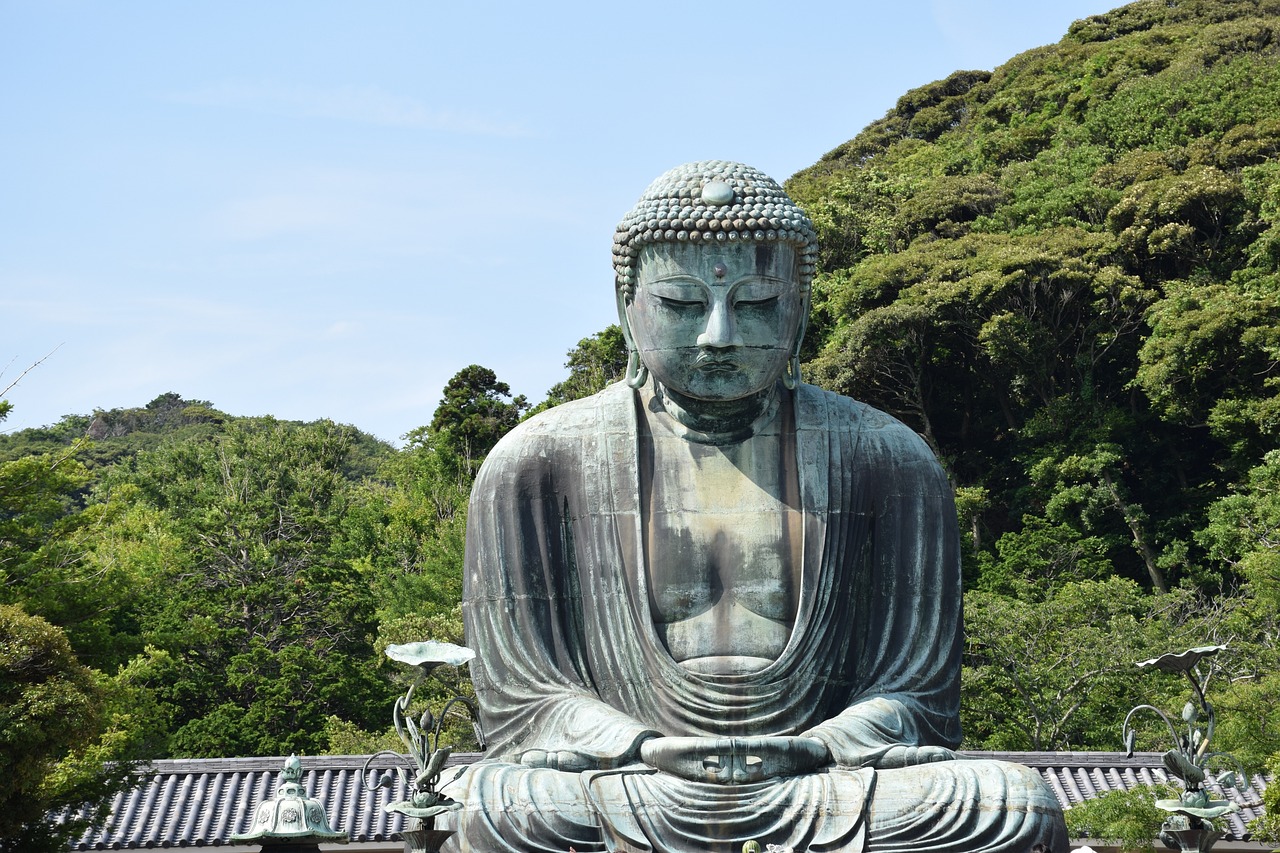
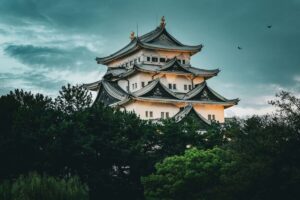
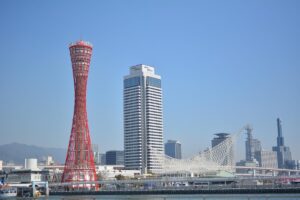
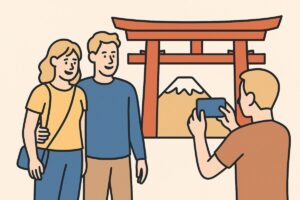

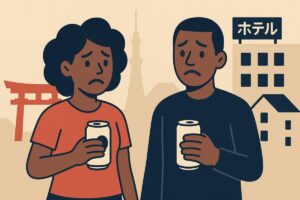
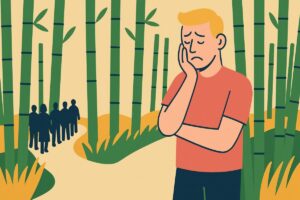


Comments